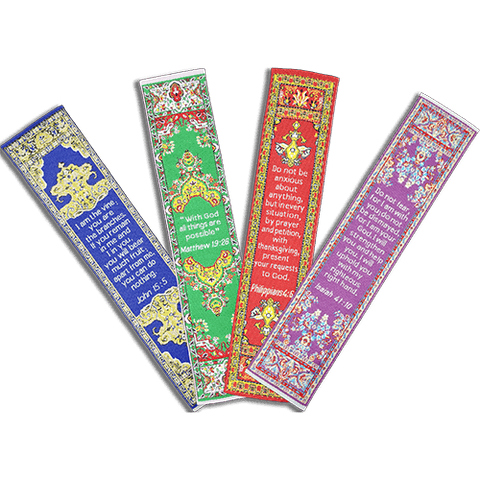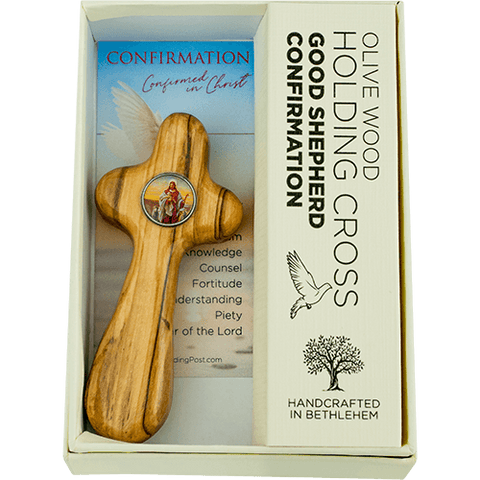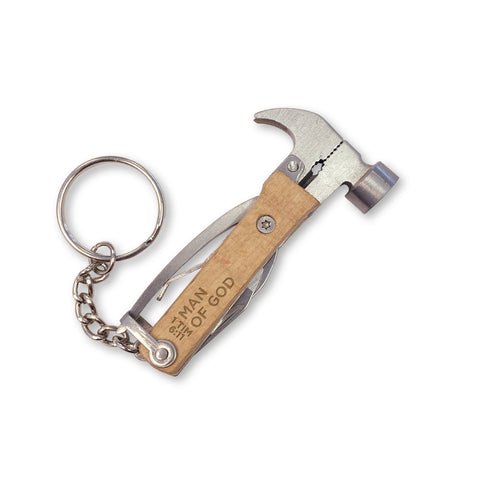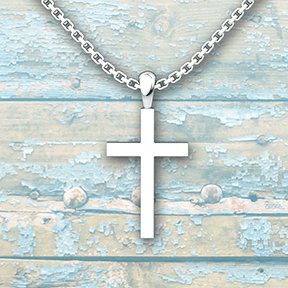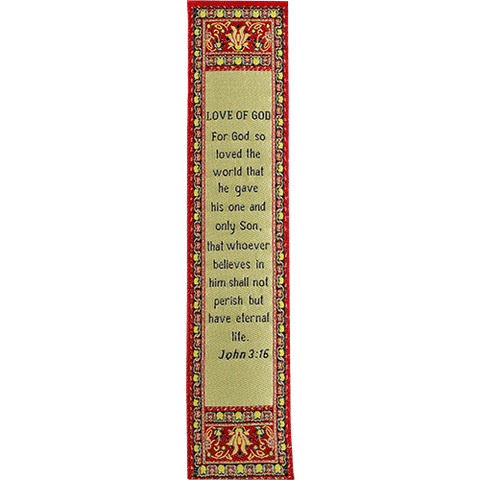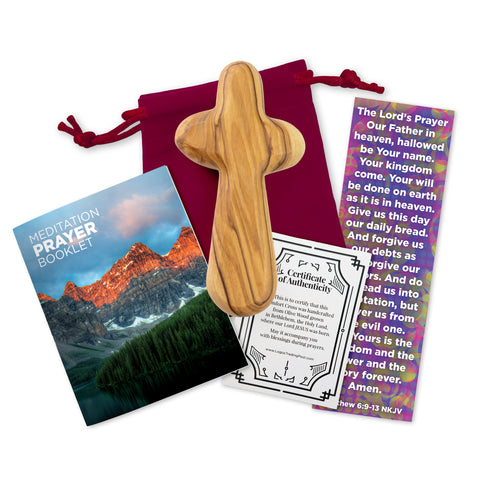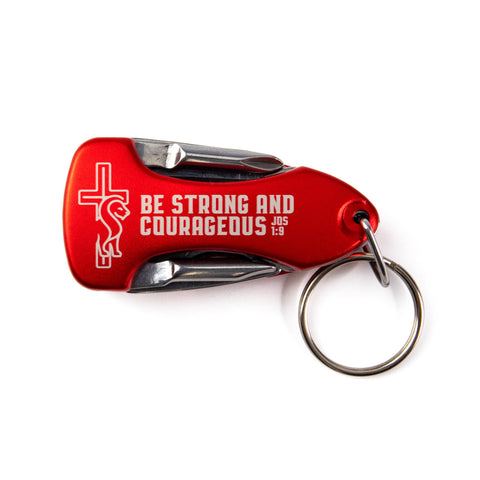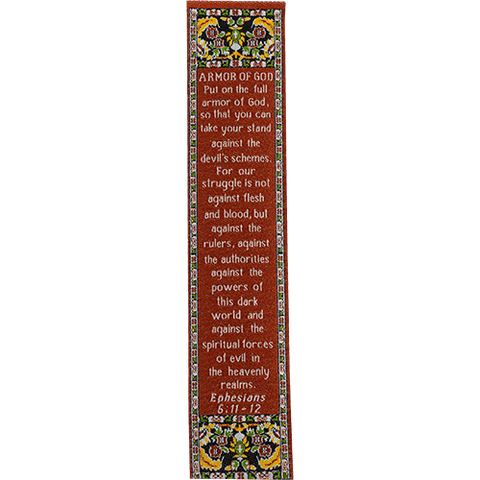- 3D Art Crystals (6)
- Acrylic Plaques (32)
- Air Fresheners- Christian and Catholic (4)
- All Christian Bookmarks (281)
- Armor of God Coin Collection (14)
- Auto Rosaries (30)
- Baptism Gifts Boys and Girls (70)
- Beauty Accessories (32)
- Birthstones (36)
- Boho Cross Bracelets (5)
- Bookmark Bible Cards (4)
- Bookmark Sets (28)
- Bookmarks (224)
- Bookmarks - Assurance (10)
- Bookmarks - Christian Life (15)
- Bookmarks - Confession (4)
- Bookmarks - God (3)
- Bookmarks - Mission (4)
- Bookmarks - Prayer (3)
- Bookmarks - Salvation (7)
- Bookmarks - Scripture (3)
- Bookmarks - Scripture Card (85)
- Bookmarks - Tasseled (71)
- Bookmarks - Tatted (7)
- Bulk - Wholesale - Olive Wood Ornaments and Nativities- Located in USA (103)
- Bulk Anointing Oils (19)
- Catholic - Icon Keyrings (12)
- Catholic Gifts (412)
- Catholic Jewelry (75)
- Catholic Medallions (2)
- Catholic Olive Wood Crosses (80)
- Catholic Olive Wood Stand Plaques (25)
- Catholic Pins (7)
- Catholic Tapestry Rosary Pouch (36)
- Children's Bookmark Assortments (6)
- Children's Christian Bookmarks (37)
- Children's Pass Along Card Assortments (6)
- Children's Pass Along Cards (47)
- Children's Poster Prints (10)
- Christian Bookmark Assortments (45)
- Christian Bookmark Bulk Packs (119)
- Christian Challenge Coins (139)
- Christian Rings for Men and Women (58)
- Christmas (178)
- Christmas Cards (7)
- Christmas Jewelry (0)
- Christmas Olive Wood (104)
- Christmas Ornaments (151)
- Coin Assortments (6)
- Comfort Crosses (42)
- Communion Cups (1)
- Confirmation & Christening Gifts (181)
- Cross Necklace Wood (40)
- Crosses - Olive Wood for Desk (10)
- Crosses - Olive Wood for Wall (23)
- Crucifixion Nail Replicas (2)
- Desk Accessories (3)
- Easter - Resurrection Products (21)
- Father's Day (37)
- Featured (161)
- First Communion Gifts (126)
- Flashlights (40)
- Floral Scripture Pens (6)
- Fridge Scripture Magnets (55)
- Gifts (12)
- Handyman Pens (14)
- Holiday Bookmarks (7)
- Holy Land Anointing Oil from Israel For Prayer (86)
- Holy Water Bottles (35)
- Hot Deals (15)
- Influencers Ministries Journey Products (6)
- Jerusalem Cross (23)
- John 3:16 Coins: God's Love Challenge Coin Collection (3)
- Keychains (8)
- Kitchen Conversion Chart (1)
- Lapel Pins (3)
- Leather (46)
- Leather Bookmarks (6)
- Leather Keychains (26)
- Leather Wall Crosses (6)
- Leather Wallets (8)
- Light Up Pens (12)
- Logos Woven Fabric, Mini Carpet, Christian, Bookmarks (80)
- Love Expression Coins (37)
- Lo•gos Jewelry (197)
- Magnetic Bookmarks (25)
- Medical Coins (2)
- Messianic Jewelry (13)
- Metallic Scripture Pens (6)
- Mother of Pearl Rosaries (30)
- Multi-Tools (48)
- Nail Clippers and Files (19)
- New Arrivals (59)
- Note Cards (2)
- Olive Wood - Comfort Angel (9)
- Olive Wood - Holy Land (522)
- Olive Wood Bracelets (26)
- Olive Wood Christmas Ornaments (86)
- Olive Wood Crosses (164)
- Olive Wood Finger Rosary (1)
- Olive Wood Icons (63)
- Olive Wood Keychains (44)
- Olive Wood Magnets (51)
- Olive Wood Memorial Crosses (4)
- Olive Wood Mezuzahs (8)
- Olive Wood Nativities (73)
- Olive Wood Nativity Sets (17)
- Olive Wood Necklaces (42)
- Olive Wood Pendant/Charm - Catholic (1)
- Olive Wood Plaques (21)
- Olive Wood Scripture Plaques (5)
- Paper Clips (6)
- Pass Along Cards - Joy (5)
- Pass Along Cards - Trust (5)
- Pass Along Cards - Don't Worry (5)
- Pass Along Cards - Faith (5)
- Pass Along Cards - Healing (5)
- Pass Along Cards - Hope (5)
- Pass Along Cards - Peace (5)
- Pass Along Cards - Praise (5)
- Pass Along Cards - Prayer (5)
- Pass Along Cards - Protection (5)
- Pass Along Cards - Purpose (6)
- Pass Along Cards - Stand Firm (5)
- Pass Along Scripture Card Assortments (20)
- Pass Along Scripture Cards (181)
- Patriotic (4)
- Pearl Scripture Pens (6)
- Pectoral Crosses (4)
- Pens (87)
- Pens - Deluxe Scripture Pens (15)
- Pens - Scripture Pen and Bookmark Sets (24)
- Poster Prints (23)
- Prayer Cards (1)
- Public Servant Christian Coins (13)
- Recipe Cards (6)
- Rosary, Olive Wood (42)
- Saint Benedict Crosses with Italian made Medal from the Holy Land (5)
- Salvation Cards (2)
- Sandalwood Beard Combs (12)
- School Coins (4)
- Scripture Art Prints (12)
- Scripture Bar Pendant (16)
- Scripture Cards to Pass them on (18)
- Scripture Magnets (50)
- Scripture Pen and Flashlight Sets (6)
- Seven Churches of Revelation (17)
- Soft Touch Barrel Cross Pens (9)
- Spanish Bookmarks (3)
- Sports Coins (19)
- Stainless Steel Jewelry (71)
- Stainless Steel Jewelry - Chains (7)
- Stainless Steel Jewelry - Leather Band Bracelets (15)
- Stainless Steel Jewelry - Men's Bracelets (9)
- Stainless Steel Jewelry - Necklaces (4)
- Stainless Steel Jewelry - Pendants (54)
- Stainless Steel Jewelry - Rings (2)
- Stainless Steel Jewelry - Women's Bracelets (17)
- Star of David (10)
- Statues (9)
- Sterling Silver Bracelets (4)
- Sterling Silver Chains (9)
- Sterling Silver Earrings (25)
- Sterling Silver for Him (9)
- Sterling Silver Gifts For Mom (8)
- Sterling Silver Necklaces (5)
- Sterling Silver Pendants - Christian Fine Jewelry (236)
- Sterling Silver Sets (10)
- Tape Measures (12)
- Thanksgiving - Products (5)
- Thin Scripture Pens (10)
- Tire Gauges (8)
- Trust in The Lord! (23)
- Wall Crosses - Catholic (13)
- Wallet Scripture Cards (40)
- Wallets (16)
- Wooden Icons (11)
- Words of Life Cross Necklaces (37)
HOT ITEMS
If you’re not already familiar, there is a different birthstone correlating to every month, meaning that you have a beautiful gem to represent when you were born. We are happy to carry a variety of birthstone necklaces, two different kinds for each month. Each stone can be found in our swirl cross design, but each month’s stone also has its own unique design just for that month, like July’s Ruby Birthstone Cross, for example. We are happy to include an 18-inch sterling silver chain with each birthstone necklace and to offer them at an especially affordable price for jewelry. Definitely consider one of our necklaces if you’re looking for birthstone gifts!
There are no products in this collection.
LOGOS TRADING POST - BIRTHSTONES
The Breastplate of Aaron
Exodus 28:15-21 has had an interesting impact on today’s world, and it says, “You shall make a breastpiece of judgment, in skilled work; you shall make it in the style of the ephod; of gold, of blue and purple and crimson yarns, and of fine twisted linen you shall make it. It shall be square and doubled, a span in length and a span in width. You shall set in it four rows of stones. A row of carnelian, chrysolite, and emerald shall be the first row; and the second row a turquoise, a sapphire, and a moonstone; and the third row a jacinth, an agate, and an amethyst; and the fourth row a beryl, an onyx, and a jasper; they shall be set in gold filigree. There shall be twelve stones with names corresponding to the names of the sons of Israel; they shall be like signets, each engraved with its name, for the twelve tribes.” Have you guessed it? That’s right; though they were known by different names in the far-off past, these stones from Aaron’s breastplate have come to be known as the birthstones.
The New Jerusalem
Interestingly, it was also pointed out in early Christianity that there is an additional list of twelve gemstones in the Bible, found in Revelation 21:19-20, which says, “The foundations of the city walls were decorated with every kind of precious stone. The first foundation was jasper, the second sapphire, the third agate, the fourth emerald, the fifth onyx, the sixth ruby, the seventh chrysolite, the eighth beryl, the ninth topaz, the tenth turquoise, the eleventh jacinth, and the twelfth amethyst.” This list of stones refers to the city walls of the New Jerusalem, a city descended from heaven and meant for God’s renewed creation. Therefore, both the list used for the walls of New Jerusalem and the list used for the breastplate of Aaron have more than enough theological merit behind them.
What Are the Birthstones?
Of course, if you’re looking to find out what are widely considered to be the birthstones just from these scriptures, you’re out of luck! Not only do the above scripture references have differences in the stones listed, but those they have in common also appear in a different order. Much of this can be attributed to people of the past simply not having access to the gemstone research we have in modern day, but not all of it.
Throughout history and in a variety of cultures, gemstones have been attributed symbolic meanings, with some of the symbolism dating so far back that it is lost in time. That said, the story goes that Christian theologians took notice of these lists of stones in scripture in relation to other Biblical collections of twelve and determined the number was of great significance to God. Additionally, they noticed that something in their immediate cultural context, the Greek Zodiac, was also a collection of twelve. Somewhere along the way, the Bible’s collections of twelve gemstones were married together with the idea of the date of one’s birth during the year.
Over time, due to the disparity of the two lists (and not to mention different approaches to Bible translation), the list of stones gradually evolved into what it currently is today.
Mind you, there’s not exactly total agreement as to the what the birthstones are, even now. Generally speaking, jewelers and gem appreciators stick to one of two lists - either the “traditional” list or the “modern” one.
Traditional Birthstone List
The traditional list was developed somewhere between four-hundred and two-hundred years ago, based on the scriptures mentioned above. The traditional list is as follows:
Garnet is the January birthstone,
Amethyst is the February birthstone,
Bloodstone is the March birthstone,
Diamond is the April birthstone,
Emerald is the May birthstone,
Pearl is the June birthstone,
Ruby is the July birthstone,
Sardonyx is the August birthstone,
Sapphire is the September birthstone,
Opal is the October birthstone,
Topaz is the November birthstone,
and Turquoise/Lapis is the December birthstone.
Modern Birthstone List
Now, the modern list is a bit more complex. The American National Jeweler’s Association declared the modern birthstones in 1912. It can be presumed that they wanted to focus on clear gems rather than stones in general, as such gems are much more common in jewelry. It remains true today; when searching for birthstone jewelry or birthstone gifts in general, it is much easier to find pieces made using the modern list. This theory holds even more water due to the fact that each birthstone brought over from the traditional list fits the description of a clear gem. The modern list, due to its basis upon the traditional list, still calls back to its scriptural basis, but the connection is looser since the list is technically arbitrary. Not to mention, due to this factor, the modern list is harder to agree upon, resulting in some months being represented by multiple stones. The modern list is as follows:
Garnet is the January birthstone (unchanged),
Amethyst is the February birthstone (unchanged),
Aquamarine is the March birthstone,
Diamond is the April birthstone (unchanged),
Emerald is the May birthstone (unchanged),
Alexandrite is the June birthstone,
Ruby is the July birthstone (unchanged),
Peridot or Spinel are the August birthstones,
Sapphire is the September birthstone (unchanged),
Tourmaline is the October birthstone,
Golden Topaz or Citrine are the November birthstones,
and Blue Zircon, Blue Topaz, or Tanzanite are the December birthstones.
What are the Birthstones at Logos Trading Post?
Each list has its merits, but what you may notice while browsing our site is that Logos Trading Post sticks to the modern list. There is certainly no shortage of beautiful jewelry made using the traditional stones, but we felt using the modern list of clear gems made for a more coherent collection.
That said, our Christian faith and our trust in the Word of God are important matters to us. We maintain that the modern list still honors the tradition of scripture. Ideally, each birthstone necklace - no matter which month or stone - will remind you of the passages upon which it is based. Consider the purchase of a sterling silver cross necklace, adorned with a stone to remind you of Israel’s worthwhile struggle in the past and the New Jerusalem of the future - or better yet, to remind you that your birth and the One who made it possible are worth celebrating!

